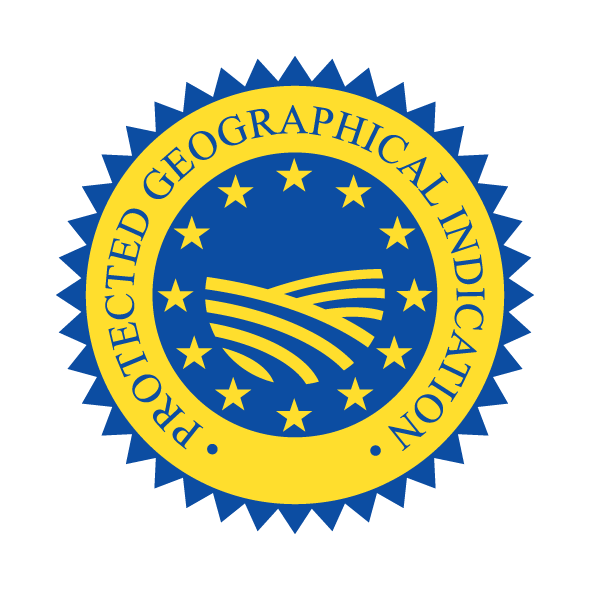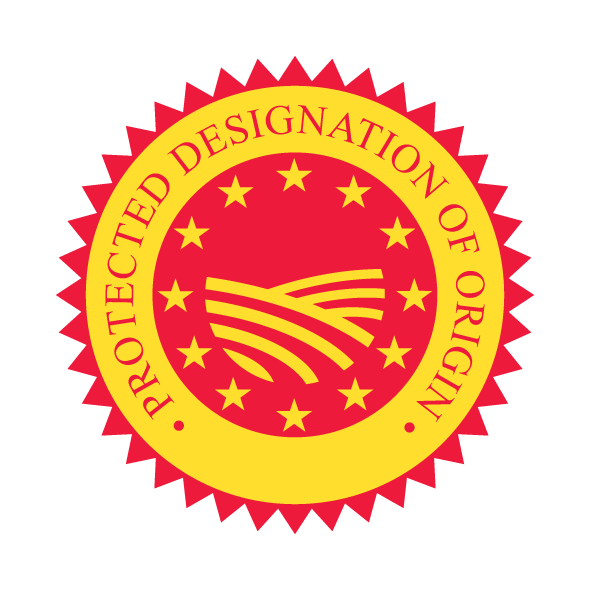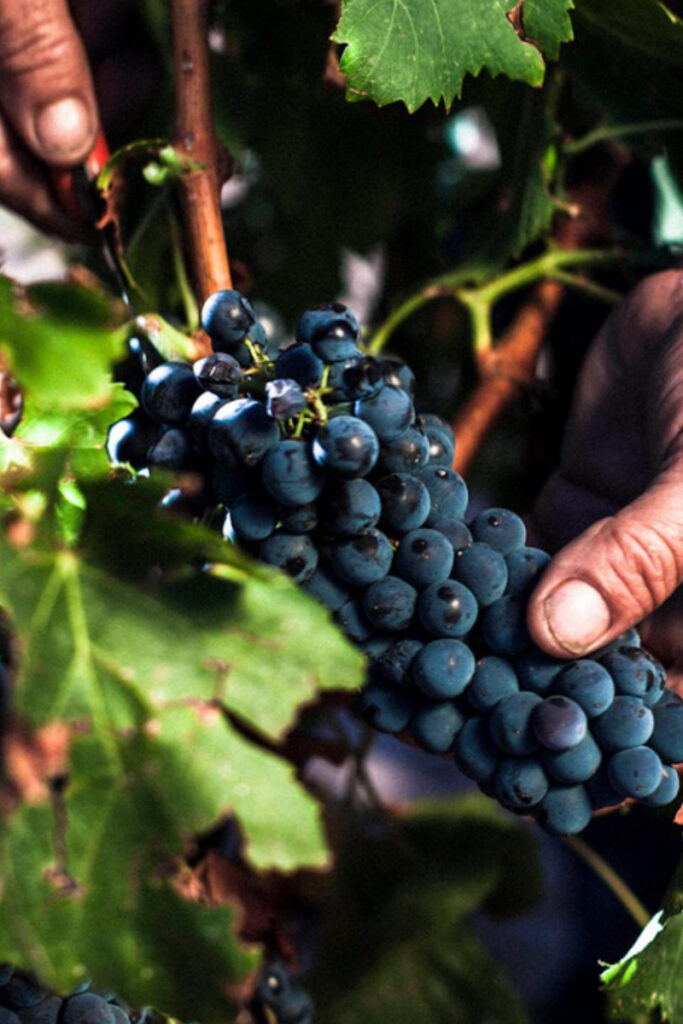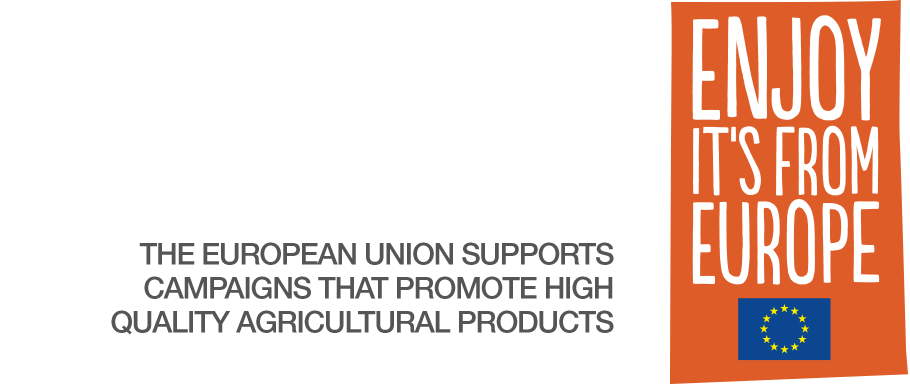Spain is notorious for being one of the oldest wine-producing countries in Western Europe. While viticulture was already established prior, the oldest documented proof is when the Phoenicians arrived in 1100 BC. Thereafter, when the Romans conquered the country, they brought over many techniques and practices of their own. The Romans introduced more modern techniques and improved some already established methods, while France adopted some of these as well.
Garnacha (or Grenache in France) is one of the oldest varietals dating back to 153 BCE and earliest written records appear in the book Agricultura General by Gabriel Alonso in 1513. The varietal originated in Northeastern Spain and expanded under the Crown of Aragon. Today, 97% of the globe’s Garnacha/Grenache is produced in Europe with Spain and France having the highest concentrations of old Garnacha/Grenache vines in the world.
As the birthplace regions of Garnacha, five Spanish PDOs—Calatayud, Campo de Borja, Cariñena, Somontano, and Terra Alta—and the PDOs and PGIs of Roussillon share a devotion to the grape, despite a diversity of soils and styles. The majority of these vineyards are planted to the variety, and they are home to one of the largest concentrations of quality wines made from Garnacha.
In the vineyard in both Spain and France, you will still see many winemakers hand-harvesting Grenache. The alternative would be machinery in the vineyards doing the job of harvesting, shaking the grapes off and creating potential for damage. With the much gentler method of hand-harvesting, full respect of the vine is being seen through. Manual sorting is also typical to ensure that the grapes are at their best quality- anything that is not gets discarded. Once that occurs, careful extractions are done with the thick-skinned and hardy grapes. Temperatures are carefully controlled and monitored and many are focused on spontaneous fermentation rather than inoculation.
With all of these practices and the laws in place, Europe continues to represent the best quality Garnacha/Grenache.










